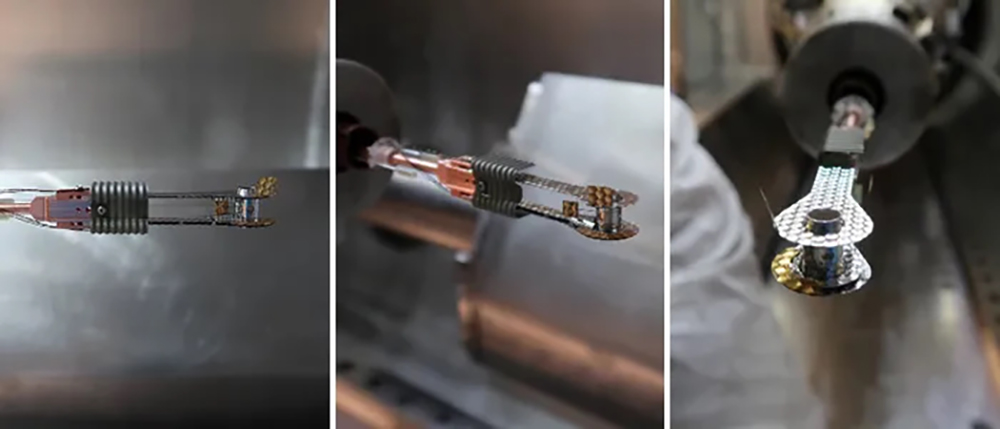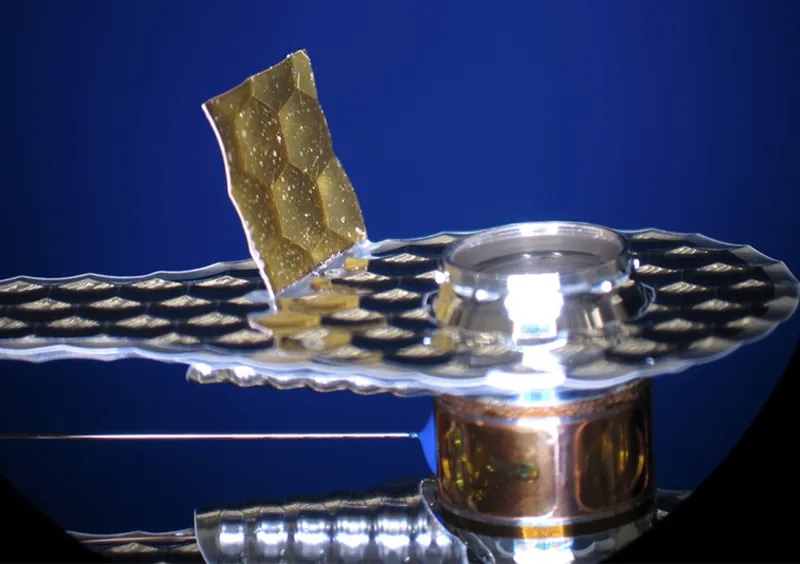In a remarkable advancement in fusion research, a team led by the Los Alamos National Laboratory (LANL), in collaboration with the Lawrence Livermore National Laboratory (LLNL), has successfully achieved ignition using the National Ignition Facility. This milestone was reached during a groundbreaking experiment conducted on June 22, which yielded an impressive 2.4 ± 0.09 megajoules of energy. The team created a self-sustaining feedback loop known as a “burning plasma,” representing a significant leap in the quest for controlled fusion energy.
“This shows how well our designs can create fusion ignition conditions to address key stockpile stewardship questions,” stated Joseph Smidt, a LANL physicist and co-director of the inertial confinement fusion program. This experiment marks the first deployment of LANL’s Thinned Hohlraum Optimization for Radflow (THOR) window diagnostic system. THOR, using a modified version of LLNL’s ignition platform, produces extreme X-ray output that will aid scientists in testing materials under intense radiation.
Ryan Lester, Lab physicist and THOR campaign lead, emphasized the teamwork that made this achievement possible. “This fantastic result is only possible because of the team of people working together. We pulled this off in less than a year because of everyone’s commitment. We moved fast and we moved together, showing what can happen when the whole team is aligned and passionate.”
But what does achieving ignition mean? Ignition refers to generating more fusion energy than the amount of laser energy delivered to the target, creating extreme conditions for studying the behavior of materials in previously unattainable plasma environments. Livermore first achieved this feat in 2022 and has since replicated it, with the latest achievement paving the way for exploring new aspects of physics.

This sequence of images shows the THOR target assembly, complete with diagnostic windows, mounted inside the National Ignition Facility. © Los Alamos National Laboratory
“This experiment marks a critical step in validating high-fidelity simulations and in demonstrating that ignition-scale performance can be achieved even with the THOR platform modifications,” remarked Lester.
The mechanics of the National Ignition Facility experiment involve firing lasers into a gold-coated cylinder, known as a hohlraum, which contains a small capsule of deuterium and tritium—the essential fuel for fusion. The lasers strike the inner walls of the hohlraum, generating an even distribution of X-rays that lead to the implosion of the inner capsule, culminating in fusion ignition.
What sets THOR apart? The experiments employ a new LANL-designed hohlraum that incorporates windows to allow some high-flux X-rays to escape. These X-rays serve as a means to test how materials behave under intense heat and radiation, a crucial concern for nuclear weapon scientists. The challenge was to integrate the windows without losing significant energy or symmetry necessary for successful fusion ignition.
“Igniting capsule implosions are incredibly sensitive, and any energy loss or perturbation can easily prevent ignition,” explained LANL physicist Brian Haines. He played a vital role in designing the experiment and contributing to x-RAGE, LANL’s key computer code for modeling hohlraums and capsule implosions. With ignition now achieved, the next steps involve exploring more transparent window designs and planning experiments that will utilize the THOR windows.
“This is a game-changing breakthrough that advances our fusion science and 3D modeling capabilities,” Smidt asserted, highlighting LANL’s expertise in this complex arena. This successful ignition further solidifies the path toward harnessing fusion energy, with researchers optimistic about its potential applications in the future.






